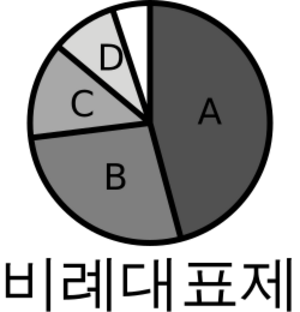Highest averages method facts for kids
A highest averages method is a way to choose people for a government or council. It helps make sure that political parties get a fair number of seats based on how many votes they receive. This idea is called proportional representation. Imagine a big pie; if a party gets a certain slice of the votes, they should get a similar slice of the seats.
This method works by looking at the total votes each political party gets. It then gives seats one by one. For each seat given, it calculates an "average" number of votes per seat for each party. The party with the highest average at that moment gets the next seat. This process continues until all seats are filled.
Contents
What is Proportional Representation?
Proportional representation is a system designed to make elections fair. It means that if a political party gets, for example, 30% of all the votes, they should ideally get about 30% of the seats in the government. This is different from systems where the party with the most votes in each area wins, which can sometimes lead to a party getting many seats with less than half of the total votes.
Why is it important?
Proportional representation helps ensure that smaller parties and different viewpoints are represented. It makes sure that a wider range of people's opinions are heard in the government. This can lead to more cooperation between parties and a government that better reflects the country's population.
How Highest Averages Methods Work
Highest averages methods are a specific type of proportional representation system. They use a mathematical formula to decide which party gets the next seat.
The Basic Idea
Imagine you have a certain number of seats to give out. Each time a seat is given to a party, that party's total votes are divided by a number that increases with each seat they win. This calculation gives an "average" vote value for each seat. The party with the highest average gets the next seat. This process repeats until all seats are distributed.
Different Formulas
There are a few different ways to calculate this "average." Two common methods are:
- D'Hondt method: This method divides a party's total votes by 1, then 2, then 3, and so on, for each seat they win. It tends to slightly favor larger parties.
- Webster method (or Sainte-Laguë method): This method divides a party's total votes by 1, then 3, then 5, and so on (odd numbers). This method is generally considered to be more proportional and fair to smaller parties.
Example of How it Works
Let's say there are 10 seats to be filled and three parties: Party A, Party B, and Party C.
- Party A gets 40,000 votes.
- Party B gets 30,000 votes.
- Party C gets 20,000 votes.
Here's a simplified look at how seats might be given out using a highest averages method:
- Seat 1: Party A has the most votes (40,000). They get the first seat.
- Seat 2: Now, Party A's "average" is recalculated (e.g., 40,000 divided by 2). Party B (30,000) or Party C (20,000) might now have a higher "average" than Party A. The party with the highest current average gets the seat.
- This continues until all 10 seats are given out. Each time a party gets a seat, their vote total is divided by a higher number, making it harder for them to get the next seat, allowing other parties to catch up.
This system ensures that even if a party doesn't win the most votes overall, they can still get seats if their "average" is high enough at different stages of the seat distribution.
Why Use Highest Averages Methods?
These methods are popular because they are relatively simple to understand and apply. They also help create governments that reflect the different political views of the people who voted. This can lead to more stable governments and a stronger sense of fairness in the election process.
See also
 In Spanish: Método de promedios mayores para niños
In Spanish: Método de promedios mayores para niños


